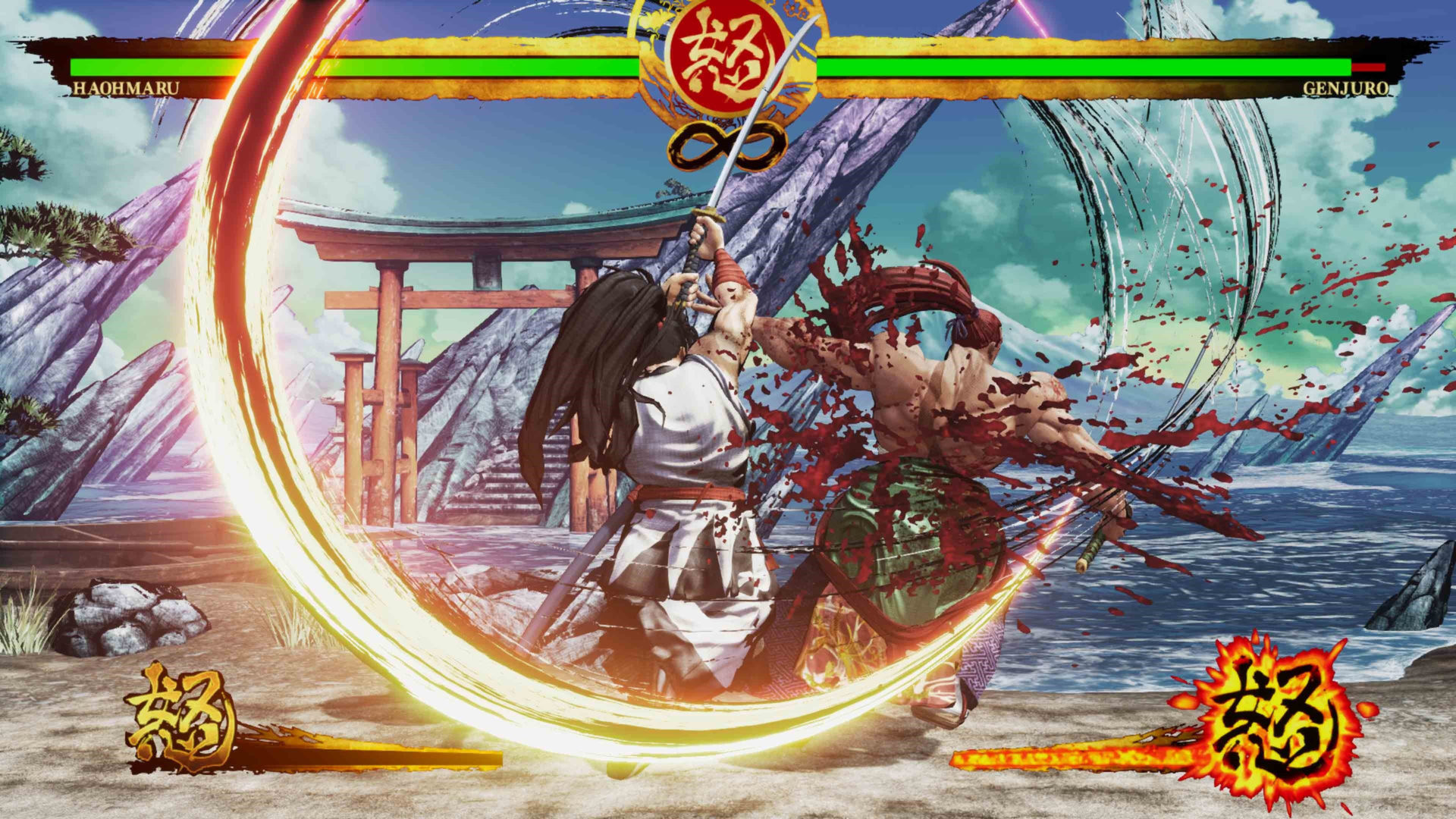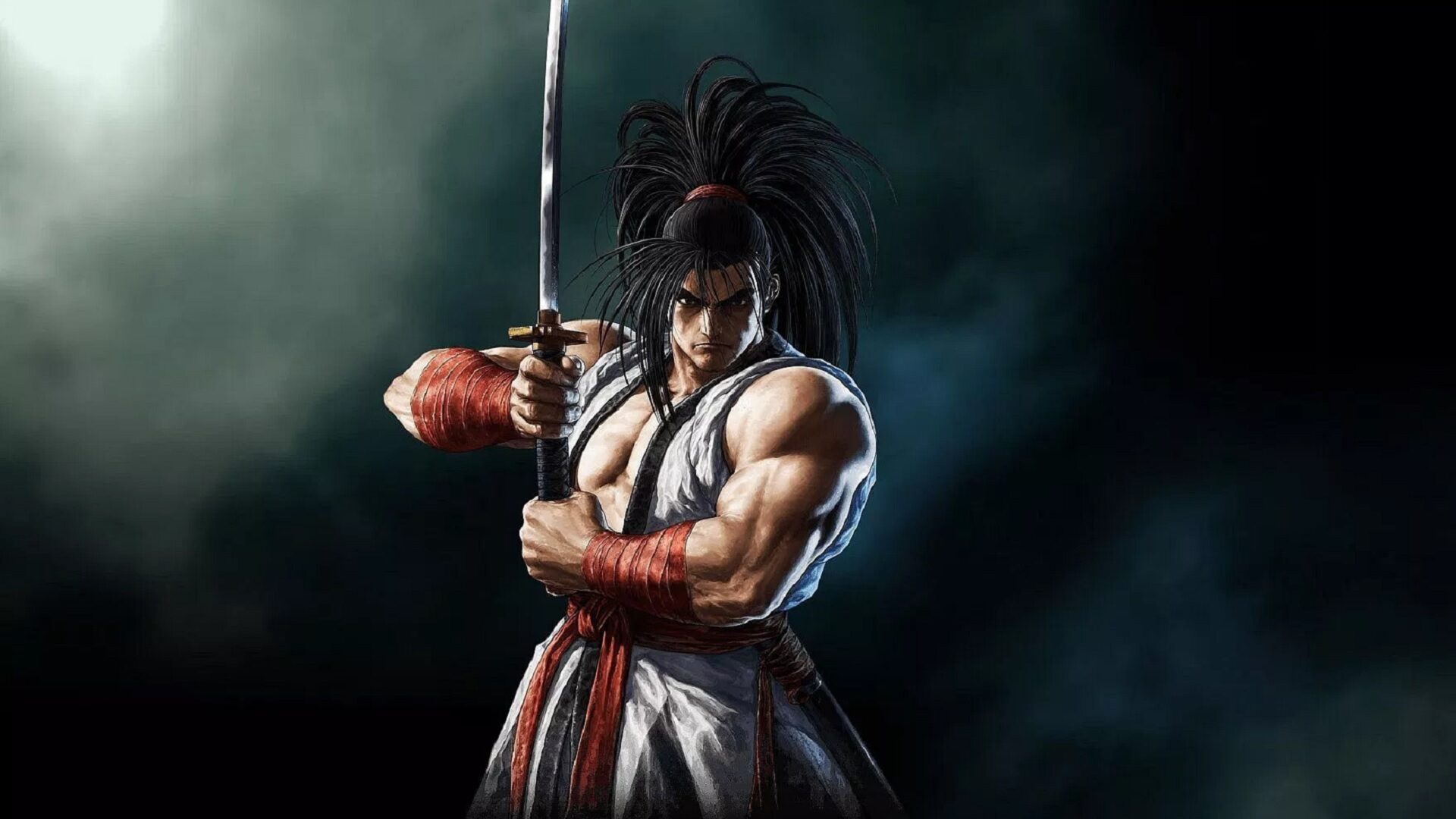Samurai Shodown May Have Already Ruined Next-gen Consoles for Me
Coming into the next-generation consoles, I held tight onto one dream above all others: 60 frames per second. It’s not that games on the PlayStation 4 and Xbox One couldn’t hit that mark, but too many times they did so by making major compromises—and even then, getting a stable 60 FPS was another question entirely.
I’m not naive when it comes to the realities of game development. Amazing visuals and fancy effects are still going to win out over rock-solid framerates far more often than I’d like, because that’s what players want. Still, we now live in a world where giving players the option to choose between graphics and performance is more and more common for console games, and the technology powering both the PlayStation 5 and Xbox Series X means that 4K resolutions and 60 FPS framerates don’t have to be mutually exclusive.
So, even beyond the huge decreases in loading times thanks to SSDs, or the benefits of better development engines, the excitement I’ve felt most as we’ve started transitioning from one console era to the next has been in finally seeing games running at a constant, stable 60 FPS. Older games that were once a mess can now run beautifully thanks to unlocked framerates, titles are seeing additional benefits such as FPS Boost on Xbox, and even those projects that are starting to push the new hardware are giving us the chance to dial the graphics back a bit in the name of keeping performance solid.
Four months into the lifespans of my PlayStation 5 and Xbox Series X, I’ve been feeling genuinely hopeful that I’d finally be happy with the framerates my video games run at—until Koei Tecmo came along and set me down a dangerous path.

During Black Friday last year, my household finally upgraded to a 4K television. After exhaustive research, we settled on a Series 6 television from TCL. So far, I’ve got nothing but great things to say about the set, and it’s a huge step up from the decent but now horribly dated 1080p Sharp HDTV we’d purchased years before. The TCL model we chose seemed like a great pick for gaming, as it boasts features like mini LED backlighting, HDR, a THX certified game mode, and Variable Refresh Rate. The one caveat was that the TV can only do 60 FPS at 4K, although it can bump up to 120 FPS if I drop the resolution down to 1440p. But, I mean, when would I ever care about playing games at 120 FPS at this point?
At least, that’s what I thought until Nioh 2. As a lifelong console gamer, triple-digit framerates are something I’ve never experienced, but I was admittedly curious when the upgraded version of Koei Tecmo’s Souls-like offered me the chance. Playing Nioh 2 on a PS5 was an eye opener, even with the game’s 120 FPS mode being unquestionably uneven. I started to worry a little about the taste I’d just gotten of a life of pure framerate decadence, while simultaneously wanting to try another game that would have an easier time keeping things stable.
And that’s where Samurai Shodown comes in. SNK’s sword-swinging fighter franchise has long held a special place in my heart, and I was pleasantly shocked at just how good the latest chapter of the series turned out upon its 2019 release. When an upgraded Xbox Series X version of the game was first announced, I wasn’t quite sure what it’d offer me that the PlayStation 4 copy I already owned couldn’t. And then, I played Nioh 2—and Samurai Shodown’s advertised 120 FPS on Microsoft’s next-gen console suddenly sounded very enticing.
I’ve decided not to do a full breakdown of this upgraded version of the game, because really, there’s not a huge amount to say that I didn’t already cover in my review of the PS4 release. I will say that the enhanced next-gen version of the game is free for anyone who already owns an Xbox One copy, which is good, and the physical release includes the first season of DLC characters plus Cham Cham, which is also good. I have come across a few glitches and screen tearing issues that I never noticed before, which is not good, but I’m not sure if they also existed back on Xbox One, or cropped up when making the jump to next-gen. Thankfully, none of these problems occur during gameplay, so their impact is minor. (I’ll also use this as a chance to say that I approve of the revised D-pad Microsoft has built into the new Xbox controllers, especially when it comes to fighting games. It’s still no Sega Saturn D-pad, let’s be clear, but it’s fared surprisingly well so far.)

As the first fighting game (that I know of) to offer an official 120 FPS option, almost everything I want to express about Samurai Shodown on Xbox Series X relates to its framerate—even if putting those feelings into words isn’t easy. What also isn’t easy is fully appreciating the jump in quality at first. Here’s the problem: Going from 60 FPS to 120 FPS is not the same thing as going from 30 FPS to 60 FPS. The latter is a huge jump in quality, one that can completely change your experience while playing. When 60 FPS is your compromise framerate, however, that’s not a choice that can literally compromise the game like 30 FPS can.
Much like with Nioh 2, playing Samurai Shodown at 120 FPS felt good, but my brain at first wasn’t really sure how good. After a handful of fights, I backed out to the Xbox dashboard, switched to 4K/60 FPS, and gave the game another go. Now, after around a week and a half of making those back-and-forth comparisons, I’ve come to a conclusion: Every fighting game, from this point forward, needs to give me the option to play it at 120 frames per second.
Playing Samurai Shodown under those conditions, there’s just a silkiness to everything that’s wonderful to feel in a fighting game. It took a while to get used to pulling off moves or timing combos due to the framerate differences, even though my understanding is that the actual execution of moves still functions at a 60 FPS level. But once I did, controlling my main Charlotte was as smooth as butter. Sure, there could definitely be some placebo effect taking place, but my brain swears that the visual differences in attack transitions, recoveries, and even basic movement have at least some impact on gameplay. Not necessarily competitive impact, such as fewer recovery frames or other distinct gameplay advantages, but in that the character movement is more natural and, thus, easier for me to read.
Still, the question of any potential advantage for those playing at higher framerates versus those who aren’t is an important one. Unfortunately, I’ve not yet been able to experience 120 FPS Samurai Shodown against another human player—and not for a lack of trying. On one level, it’s totally possible that those players who can read the attacks of their opponents on a per-frame level could be totally thrown off by the differences, to the point of possibly needing to relearn the game to some degree. On another level, I have to believe that even the perception of a character being more reactive could be a benefit in itself. We’ve seen in plenty of genres how increased framerates can give a competitive advantage, and I have to think the difference in readability in both your character and your opponent’s at 120 FPS could be more than a boost in aesthetics.

After deciding that I wanted to write an article about how exciting it is to play Samurai Shodown at 120 frames per second, and how much I now want that option for all fighting games, it quickly hit me how hard writing about framerates actually is. It’s one thing for the Digital Foundry folks to show off games via video with trackers displaying the second-by-second frame count, and another to try to express something that is entirely visual merely through words. And heck, I barely just got the ability to even play games at 120 FPS, nevermind trying to capture footage of what playing them is like.
However, I simply cannot emphasize this enough: Samurai Shodown has helped convince me that the 120 FPS hype is real, and if you have the chance to play it on an Xbox Series X at that framerate, I encourage you to do so. All of those times my PC-playing friends wouldn’t shut up about how great their triple-digit framerates were, maybe they were actually right. It’s like finally making enough money where you can consistently splurge on the $8 burger instead of always going for the $4 option, and then someone giving you a taste of a $30 burger. Sure, maybe you don’t need such sinful luxury in your life—but damn if you don’t want it.
I now can’t stop thinking how other future fighting games would feel at this same level, and that 120 FPS may be the next step in the long journey of improving animation for titles in the genre. We’ve come a long way from the days when bringing 2D sprites to life was labor intensive and cost prohibitive, and my eyes have opened to the potential of a future even brighter than I’ve imagined.
A digital copy of Samurai Shodown was provided by Koch Media to assist in these impressions.

